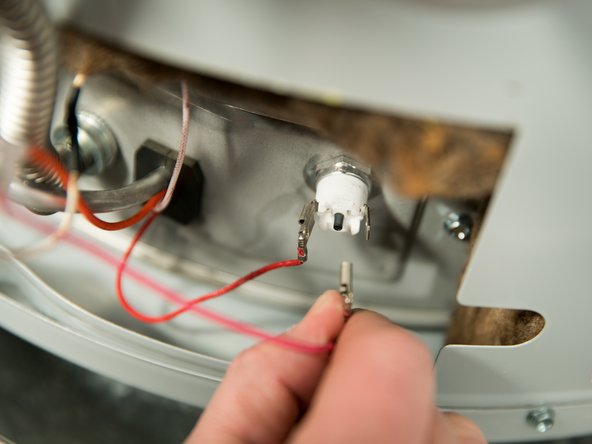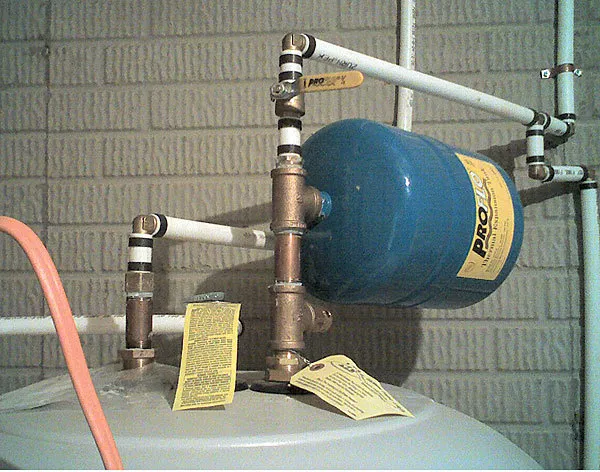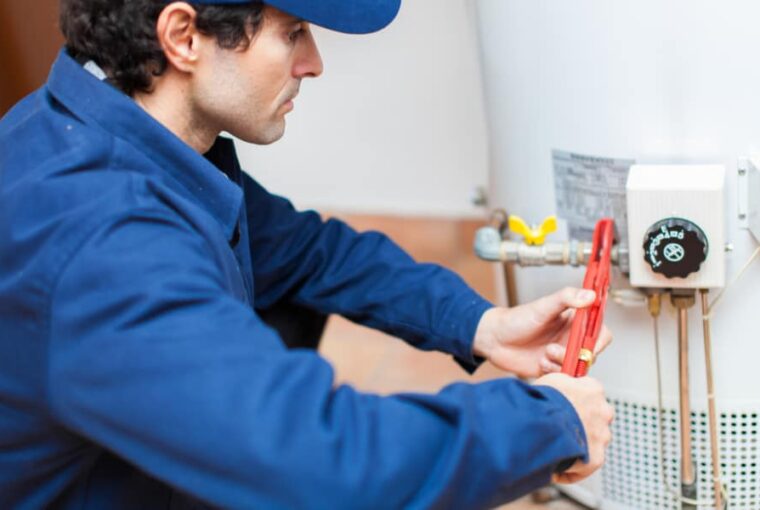Renowned for their dependable operation and effective heat generation, Whirlpool water heaters possess quite a reputation. Yet, akin to any other device, they might experience complications as time goes by. Prevalent concern users might confront involves the activation of the thermal switch in their Whirlpool water heater. Therefore, within this piece, we shall delve into the potential factors contributing to this problem and present troubleshooting techniques to assist you in proficiently resolving it.
Understanding the Thermal Switch:
The safety feature of a Whirlpool water heater, known as the thermal switch, plays a vital role in safeguarding the unit against excessive heat. By automatically cutting off the power supply when the temperature of the water inside the tank surpasses a specific threshold, the thermal switch effectively prevents any potential harm. The recurring tripping of the thermal switch indicates the presence of an underlying issue that demands immediate attention.
Possible Causes and Troubleshooting Steps:
-
Reset the Thermal Switch:
The Whirlpool water heater incorporates a thermal switch to safeguard the device against excessive heat. Once it detects an unusual temperature increase, it autonomously cuts off the power supply to the heating components. Occasionally, the switch may trip without any genuine concern.
Positioned in close proximity to the heating elements, the thermal switch is commonly situated concealed behind a metallic panel or cover. However, for the sake of your safety, it is imperative to disconnect the water heater from its power source before initiating any reset. Follow the steps below to know your next move:
- Once the power supply has been deactivated, cautiously remove the panel or cover in order to gain access to the thermal switch. Locate the reset button, distinguished by its red color.
- Delicately press and hold the reset button for a few seconds to execute the resetting process of the thermal switch.
- Upon completion of the reset, reattach the cover or panel, reactivate the power supply to the water heater, and closely observe its functionality.
If the tripping of the thermal switch was triggered by a momentary issue, this course of action should rectify the problem. However, if it persists at frequent intervals, additional troubleshooting measures may be necessary.
-
Clean the Air Filter and Flame Arrestor:
When the thermal switch trips, it could be due to an obstructed or soiled air filter and flame arrestor. The air filter serves the purpose of blocking debris from infiltrating the burner assembly, whereas the flame arrestor safeguards against the potential ignition of flammable vapors. To ensure their proper functioning, adhere to the following guidelines for cleaning:
- It is crucial to ensure that the gas supply to the water heater is turned off prior to initiating the cleaning process. This precautionary measure is essential in order to avert any potential hazards.
- Typically positioned at the bottom of the water heater, you will find the air filter, while the flame arrestor is situated above the burner assembly.
- With caution, take out the air filter from its housing. If it can be reused, employ a gentle brush or rinse it with water to clean it. In the case of disposable filters, replace them with new ones.
- Eliminate any dirt, dust, or debris from the flame arrestor by using a brush or compressed air in a delicate manner. It is important to ensure that the openings remain clear and unobstructed. Refrain from using excessive force or sharp objects that may cause harm to the component.
- During the cleaning process, it is important to examine both the air filter and flame arrestor for any indications of damage, such as cracks or corrosion. If any signs of damage are detected, it is recommended to replace the affected components with appropriate replacements as advised by the manufacturer.
- After cleaning and inspecting, carefully reinsert the air filter into its designated housing, ensuring a secure fit. Similarly, position the flame arrestor back above the burner assembly, aligning it correctly.
- Once the air filter and flame arrestor have been correctly installed, the gas supply to the water heater should be turned on. It is imperative to ensure all connections are securely fastened and there are no gas leaks.
- Proceed to turn on the water heater and observe its operation. Pay close attention to whether the thermal switch continues to trip. If the problem persists, there may be underlying issues that necessitate professional assistance.
-
Accumulation of Sediment:
With the passage of time, there is a possibility of minerals and sediment gathering at the base of the tank in the water heater. Such sediment has the potential to provide insulation to the heating element, resulting in overheating and continuous activation of the thermal switch. To tackle this problem, please adhere to the following instructions:
- Deactivate the electrical source for the water heater.
- Fasten a garden hose to the drain valve situated at the tank’s lower section.
- Open the valve and empty the tank entirely.
- Shut the drain valve and cleanse the tank by flushing it with cold water to eliminate any residual deposits.
- Replenish the tank and activate the electrical supply.
-
Defective Heat Source:
An impaired heating element has the potential to excessively elevate the water temperature, causing it to overheat and trigger the thermal switch. Here are the steps you can take to inspect and substitute a flawed heat source:
- Begin by deactivating the power supply and emptying the tank as previously instructed.
- Thoroughly examine the heating elements for any indications of harm or erosion.
- Utilize a multimeter to assess the resistance of every heating element. A reading that deviates substantially from the manufacturer’s specified values signifies a defective element requiring replacement.
- Subsequently, follow the manufacturer’s guidelines to properly install a fresh heating element.
- In case you’re uncertain about the process, seeking assistance from a professional is advisable.
-
Optimal Adjustment for Water Temperature:
In the event that the temperature configuration on your water heater is excessively elevated, it may lead to frequent triggering of the thermal switch. It is advisable to lower the temperature setting to a more suitable degree, such as 120°F (49°C). This alteration will not only avert the tripping of the thermal switch but also promote energy conservation and mitigate the risk of scalding incidents.
-
Electrical Problems:
The tripping of the thermal switch can also be caused by defective wiring, insecure connections, or a control board that is damaged. In these instances, it is advisable to seek the expertise of a skilled technician who can examine and mend the electrical elements of your water heater.
Final thoughts:
Experiencing the repeated activation of the thermal switch in a Whirlpool water heater can be quite exasperating. Yet fear not, for this article presents a set of troubleshooting measures that, when diligently pursued, can effectively uncover and rectify the root causes. It is crucial to maintain a focus on safety throughout the troubleshooting journey and to consider seeking expert help if necessary. By upholding regular maintenance practices and conducting periodic examinations, you can guarantee the water heater’s peak performance and long-lasting functionality.



